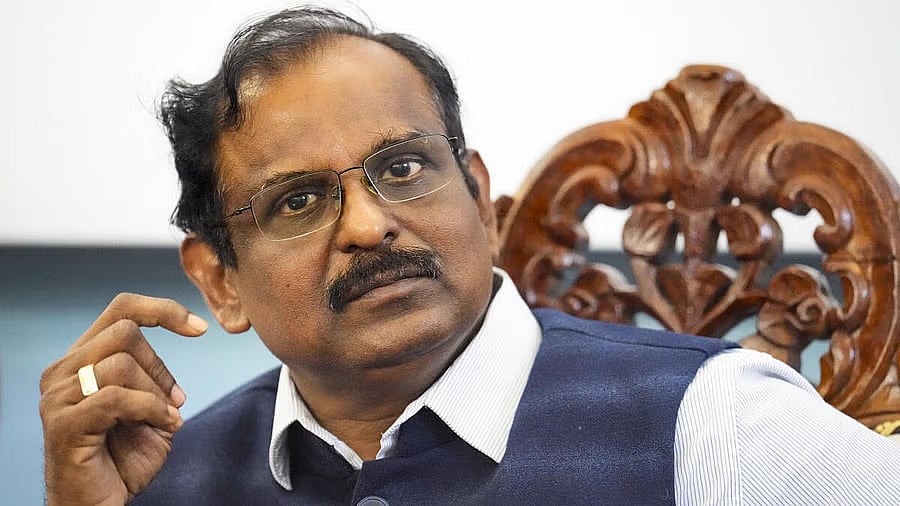
ISRO chairman Dr V Narayanan.
Credit: PTI File Photo
New Delhi: India’s human space flight programme, Gaganyaan, is further delayed with the Indian Space Research Organisation now eyeing a launch in the first quarter of 2027.
“We plan the launch of the first uncrewed mission by the fourth quarter of 2025 and the Gaganyaan mission with crew by 2027,” Dr V Narayanan, ISRO chairman, said here on Tuesday, noting that all propulsion and ground support systems were ready.
The mission that will catapult India among a tiny club of three nations who have sent their citizens to space in their own spacecraft, was originally scheduled for a 2022 launch, but delayed further to 2024 and then to 2026 because of the Covid-19 pandemic and multiple technical challenges.
The first uncrewed flight in 2025 will carry Vyom Mitra, a half humanoid that will simulate human physical responses in space and help scientists finalise the crew module for the Gaganyaan.
The subsequent unmanned flights, according to an ISRO official, will carry human dummies similar to what is used to conduct crash testing in the automobile industry. Two more developmental flights will take place in the next six months before the unmanned one takes off.
Besides turning the LVM3 launch vehicle into a humanised one for the manned mission with more built-in redundancies and introducing higher margin of errors to take care of emergencies, ISRO scientists have also built from the scratch the crew modules, which will involve taking the astronauts to low-Earth orbit of 400 kilometres above the Earth for a few days and getting them back safely.
The home-grown environment control and life-support system will help maintain cabin pressure, humidity, temperature, quality of air and personal hygiene management system in the spacecraft during the duration of the mission.
"It is a very complex process. For the first time we have undertaken such development. Nearly 90 per cent of the work is completed and we are in the final phase of qualification.," Narayanan said.
The Union government has approved Rs 20,193 crore for the Gaganyaan programme for eight missions, of which two would carry human crew and other six will be uncrewed.
The programme’s initial scope was revised to develop many new technologies that would be essential not only for the human space flight programme but also for the Bhartiya Antriksh Station.
The ISRO chairman said over 7200 tests have been completed and all the five propulsion systems and the crew escape system have tested successfully.
Following the success of the space docking experiment comprising two satellites launched by a PSLV rocket in December, the ISRO has planned SPADEX-2 to improve the docking-undocking technologies.
“SPADEX-2 is at the configuration stage. A proposal on this will be presented to the government soon,” he said. It would take 18 months to realise the mission from the date of approval, said a senior ISRO scientist.
Narayanan said judicious use of fuel during the ongoing SPADEX mission allowed ISRO to conduct more experiments in orbit that included circumnavigating one satellite around the other in March.
